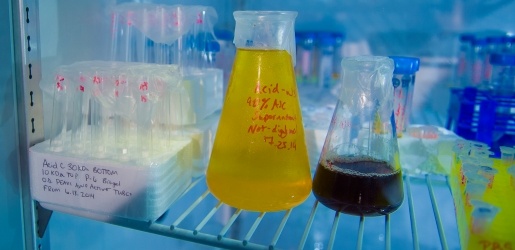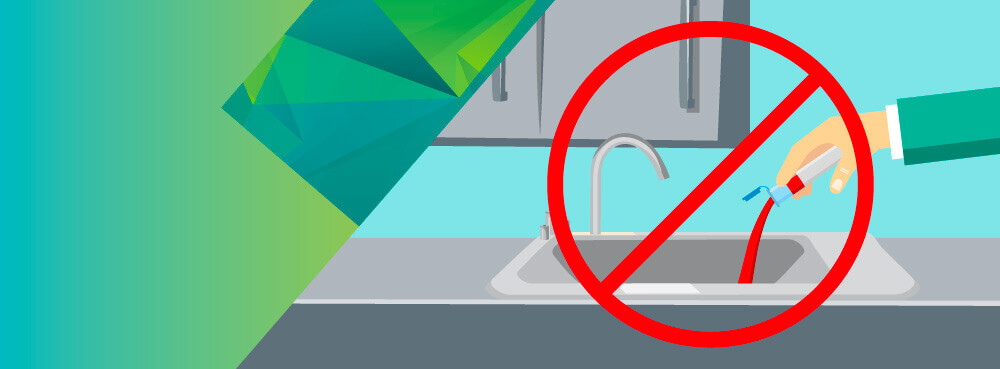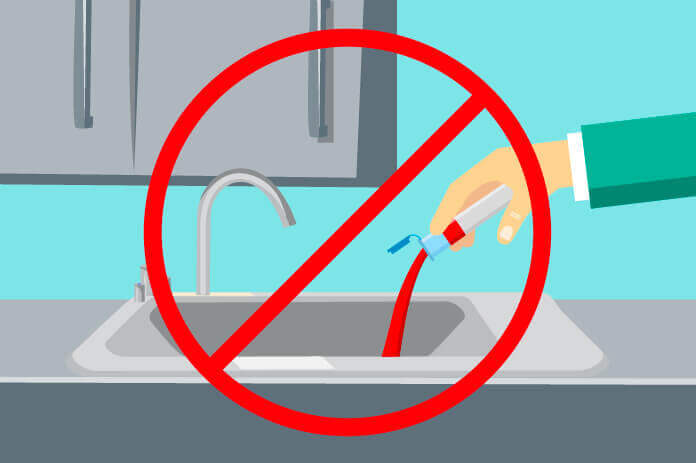Just How Fluid Garbage Disposal Functions: A Comprehensive Summary of Techniques and Technologies Employed

Review of Fluid Waste Types
The complexity of liquid waste types necessitates a detailed understanding of their characteristics and ramifications for disposal. Liquid waste can extensively be classified into several types, including commercial, community, agricultural, and unsafe waste. Each group shows unique properties, calling for details monitoring approaches to alleviate environmental and health and wellness dangers.
Industrial liquid waste originates from manufacturing procedures and often has a variety of pollutants, such as heavy steels, solvents, and organic compounds. Metropolitan liquid waste, mostly comprising wastewater from houses and industrial establishments, has organic issue, nutrients, and virus (industrial wastewater treatment). Agricultural fluid waste, consisting of overflow from ranches, may have fertilizers, chemicals, and animal waste, presenting risks to water top quality and environments
Dangerous fluid waste is identified by its toxicity, sensitivity, or potential to trigger injury. This classification consists of compounds like acids, bases, and particular chemicals that necessitate rigid handling and disposal protocols. Understanding these varied fluid waste kinds is critical for creating effective disposal methods and guaranteeing conformity with ecological policies. Correct classification and characterization are essential for executing proper therapy techniques and minimizing the negative impacts on public health and wellness and the environment.
Physical Therapy Techniques

Testing is the first step, where larger fragments and debris are gotten rid of from the liquid waste making use of screens or grates. In sedimentation containers, heavier bits settle at the bottom, creating a sludge layer, while the cleared up fluid can be further dealt with.
Filtration is one more vital method that involves passing the fluid through porous materials, such as sand or membrane layers, to record smaller particles. This action boosts the quality of the fluid, making it suitable for subsequent therapy processes.

Chemical Treatment Strategies
Chemical treatment techniques are crucial for successfully handling fluid waste, specifically in dealing with dissolved and colloidal contaminants that physical techniques might not sufficiently eliminate. These methods use different chemical representatives to reduce the effects of, speed up, or transform hazardous materials into much less harmful types.
One typical technique is coagulation and flocculation, where chemicals such as alum or ferric chloride are included in promote the aggregation of suspended bits. This procedure enhances sedimentation, permitting easier removal of the resulting sludge. Furthermore, oxidation processes, utilizing agents like chlorine or ozone, are used click to investigate to damage down complex organic compounds and virus, providing the waste safer for discharge or further therapy.
Neutralization is an additional essential technique, which adjusts the pH of acidic or alkaline waste streams to neutral degrees, protecting against prospective damage to downstream systems and the environment. Additionally, advanced oxidation processes (AOPs) use mixes of oxidants and ultraviolet light to degrade consistent contaminants, accomplishing a greater degree of treatment performance.
Biological Therapy Procedures
Organic therapy procedures play a vital role in the management of fluid waste by using microorganisms to decompose raw material and lower impurity degrees. These procedures can be extensively categorized right into anaerobic and aerobic therapies, each utilizing particular microbial areas to attain reliable waste deterioration.
Cardio therapy includes making use of oxygen to assist in the failure of natural products by bacteria. This process is generally carried out in triggered sludge systems, where oygenation tanks give a favorable atmosphere for microbial development, bring about the oxidation of organic pollutants. The resultant biomass can be divided from dealt with effluent with sedimentation.
In comparison, anaerobic therapy happens in the absence of oxygen, depending on different bacteria to damage down organic issue. This approach is particularly beneficial for high-strength waste, as it generates have a peek here biogas, an eco-friendly energy resource, while minimizing sludge manufacturing. Technologies such as anaerobic digesters are frequently utilized in industrial and metropolitan applications.
Both anaerobic and cardiovascular biological treatments not just lessen the ecological impact of fluid waste but also promote resource recuperation, making them vital elements of lasting waste administration approaches. Their efficiency, flexibility, and effectiveness support their widespread implementation throughout various markets.
Emerging Technologies in Disposal
Cutting-edge strategies to fluid garbage disposal are rapidly progressing, driven by advancements in modern technology and a raising emphasis on sustainability. Amongst these emerging technologies, membrane layer bioreactors (MBRs) have gotten grip for their capacity to incorporate organic therapy with membrane filtration, causing top quality effluent that can be reused in numerous applications. MBRs allow smaller sized footprints and much more efficient operations contrasted to traditional systems.
Another encouraging development is using anaerobic digestion integrated with nutrient healing innovations, which not only treats fluid waste yet additionally creates biogas and recoups beneficial nutrients like nitrogen and phosphorus. This twin advantage improves resource effectiveness and decreases environmental impact.
Additionally, progressed oxidation procedures (AOPs) are being taken on for the deterioration of complicated organic pollutants. These approaches make use of effective oxidants and drivers to break down contaminants at the molecular degree, using an extremely reliable service for challenging waste streams.
Furthermore, the assimilation of man-made intelligence and artificial intelligence in waste monitoring systems is optimizing functional performance and anticipating maintenance, resulting in reduced expenses and boosted ecological compliance. These modern technologies show a significant change in the direction of even more effective and lasting liquid garbage disposal methods.
Conclusion
In final thought, effective liquid waste disposal demands a comprehensive understanding of different strategies and innovations. By constantly progressing these approaches, it becomes feasible to deal with the expanding challenges connected with fluid waste, ultimately contributing to ecological defense and resource recuperation.
Liquid waste disposal is an important facet of environmental monitoring, needing a detailed understanding of additional info various methods and modern technologies tailored to various waste types. Fluid waste can generally be classified into several kinds, consisting of industrial, metropolitan, farming, and dangerous waste. Agricultural liquid waste, consisting of overflow from ranches, might contain plant foods, chemicals, and animal waste, presenting dangers to water quality and communities.
Numerous physical therapy approaches play a vital duty in handling fluid waste effectively - industrial wastewater treatment.In verdict, effective liquid waste disposal requires a thorough understanding of various methods and modern technologies